Japan is home to some incredible dog breeds, many of which aren’t very well known (or even heard of) outside the country.
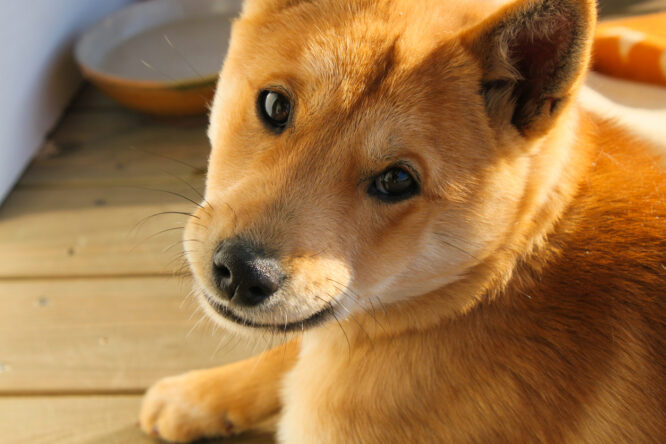
While a few like the Shiba Inu and Akita have earned global recognition, there are others with fascinating histories, distinct personalities, and loyal followings within Japan. If you’re curious about unique, culturally rich breeds that you might not have heard of, these nine are worth getting to know.
1. Kishu Ken

Known for their quiet confidence and striking white coats, Kishu Kens are native to the mountainous regions of Wakayama Prefecture. Originally bred for hunting boar and deer, they’re independent thinkers with a loyal, calm temperament that thrives in a stable environment. They’re not overly expressive, but they bond deeply with their families. Reserved around strangers but affectionate with their people, they bring a quiet strength that’s easy to admire.
2. Shikoku
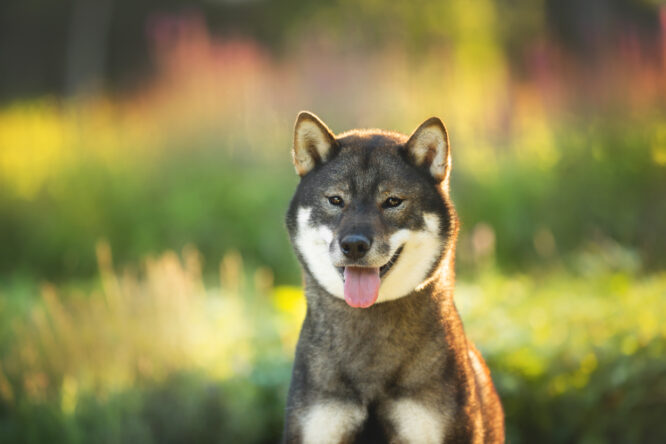
Sometimes referred to as the “Shikoku Inu,” this breed is agile, foxlike, and brimming with alertness. Bred in the mountainous Kochi Prefecture, Shikokus were also used for boar hunting and are known for their stamina and spirited nature. They look a bit like a smaller Akita or a more rugged Shiba, and they thrive with active owners who can keep up with their drive and curiosity. They’re smart, loyal, and full of personality once they open up.
3. Hokkaido
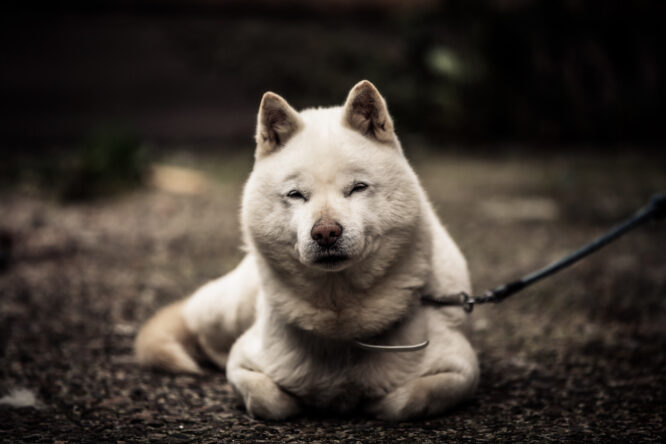
Tough and weather-resistant, the Hokkaido dog hails from Japan’s cold northern island. They’re incredibly brave—historically used for bear hunting—and have a dense double coat that keeps them warm in harsh climates. They’re deeply loyal to their families and often form strong bonds with one person. Hokkaidos are protective without being overly aggressive and do best in environments where their independence is respected.
4. Kai Ken
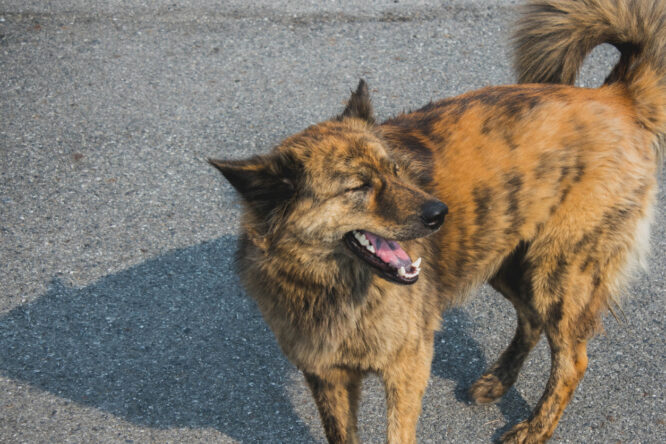
Known as the “tiger dog” because of their unique brindle coat, Kai Kens are one of Japan’s rarest native breeds. Originally from the mountainous Yamanashi region, they were bred for hunting and are strong climbers with great agility. They’re deeply intuitive and watchful but warm with their humans. Their natural athleticism and wild roots give them a striking presence, but they’re gentle companions at heart.
5. Japanese Chin
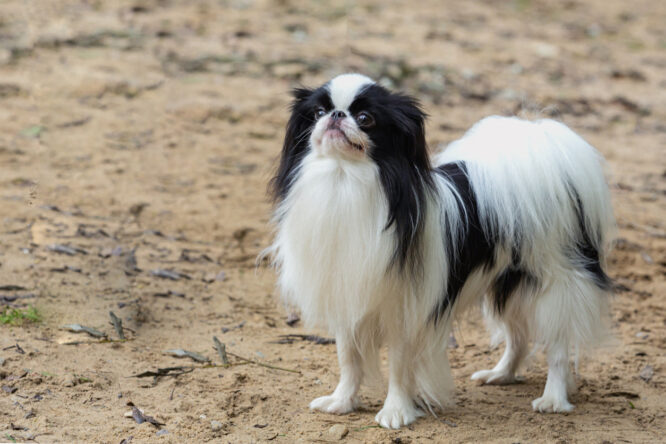
Despite the name, the Japanese Chin likely has roots in China, but it has been cherished in Japan for centuries as a lap dog of nobility. Known for their dainty features and graceful movement, they were bred purely for companionship. They’re affectionate, a little dramatic, and deeply in tune with their humans. With their expressive eyes and playful nature, they thrive in quiet homes where they can be doted on.
6. Tosa Inu

Unlike the smaller breeds on this list, the Tosa Inu is a large, powerful dog originally bred for dog fighting in Japan. Despite their intimidating appearance, well-bred Tosas are calm, quiet, and stable in temperament. They require experienced handlers and thoughtful socialization, but when raised with care, they’re deeply loyal and surprisingly gentle. They’re not for everyone, but they’re impressive, dignified dogs.
7. Sanshu
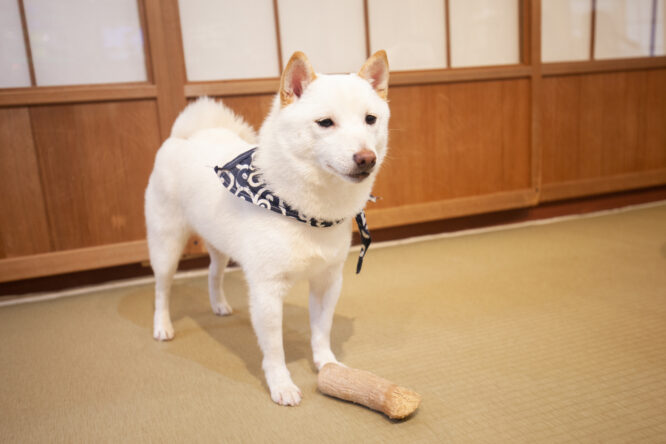
Developed in the early 20th century, the Sanshu is a lesser-known breed created by crossing native Japanese dogs with Chinese breeds like the Chow Chow. The goal was to produce a loyal, protective family companion. Sanshus are medium-sized, alert, and dependable. Though rare even in Japan today, they’re known for being affectionate, obedient, and naturally tuned in to their home environments.
8. Ryukyu Inu

This rare breed from Okinawa is known for its agility and distinctive ridge of fur along the spine—similar to a Rhodesian Ridgeback. Ryukyu Inus were originally used to hunt small game in the dense subtropical forests of the region. They’re intelligent, reserved, and quietly athletic. Though their numbers are limited, breed enthusiasts are working to preserve their unique traits and cultural history.
9. Japanese Spitz

With their white fluffy coats, pointed ears, and cheerful expressions, Japanese Spitz dogs are often compared to American Eskimo dogs or small Samoyeds. They’re friendly, adaptable, and love being around people. Though they’re not ancient like some on this list, they’ve become a beloved part of many Japanese households. They’re low-maintenance for a fluffy breed and bring both charm and companionship to any home.




